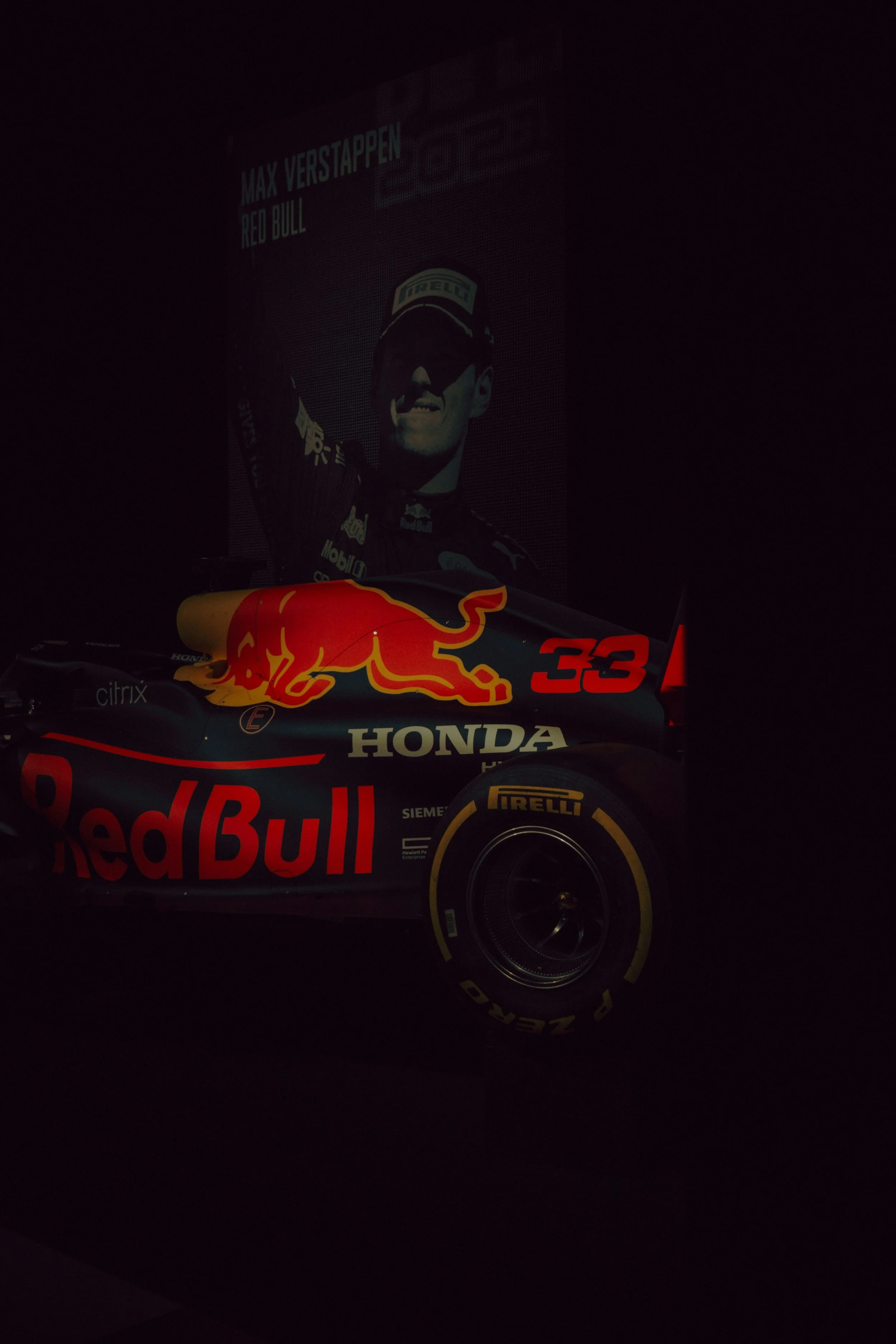Minimum 55% painted surface mandated for 2026 liveries to boost grid differentiation
Image by Justin Reichelt via Unsplash
Introducing improvements to the forthcoming 2026 technical and sporting regulations was the main goal of this meeting. With the most significant change was related to the visual identity of the cars. It was agreed that a minimum of 55% of the car’s surface area must be covered by painted or stickered liveries as opposed to bare carbon fibre.
Bare carbon fibre has become prevalent as teams seek to save weight by not applying paint. While efficient, it makes cars look generic. The 55% rule ensures each team’s livery is clearly visible. Therefore, making it easier for fans to differentiate cars on track.
Teams concluded that paint, and vinyl wraps add significant weight. Consequently, many teams began stripping back their liveries leaving large sections of the composite bodywork in raw, black carbon fibre to save grams.
FIA via Getty Images
This trend became especially known following the introduction of the current regulations in 2022. The FIA’s move to mandate a minimum of 55% livery coverage is a proactive step to pre-empt this issue before the 2026 cars are even launched ensuring that the new generation of cars are distinct from opening day.
A representative from the FIA said: “It was agreed by Commission representatives that a minimum of 55% of surface area must be covered by paint or stickered liveries as opposed to bare carbon fibre surfaces. The objective of this measure is to increase visual differentiation between cars.”
This codifies the FIA’s intervention to prioritise the visual spectacle of F1 over the engineering purism of weight saving. It directly addresses fans worldwide in addition to sponsor complaints about cars looking too similar due to the extensive use of unpainted, black carbon fibre. This ensures that teams will display their distinctive, colourful liveries in the 2026 season.
F1 car unveiling 2025 via Getty Images
To counteract the aesthetic effects of the weight saving, this is a direct regulatory intervention. Teams have pursued marginal gains by stripping paint which made cars look dull as well as visually indistinguishable.
Starting in 2026, the grid will be visually more colourful and varied. This directly benefits the fans, sponsors plus the F1 commercial rights holder as the cars will improve the overall television spectacle. Teams that previously relied heavily on exposed carbon fibre to meet the minimum weight limit will be forced to add weight in the form of paint or vinyl to meet the 55% threshold.



